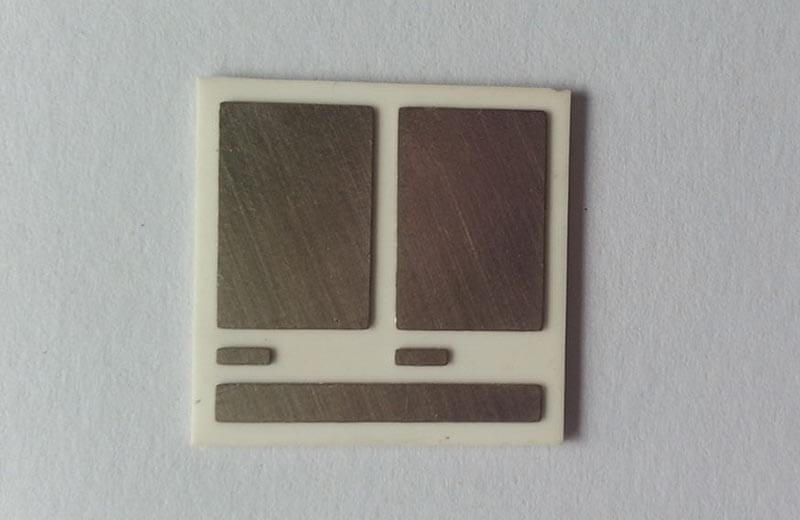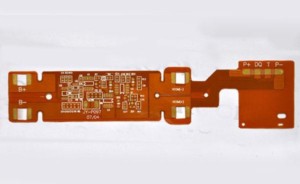metal core pcb manufacturing process
Metal core PCB manufacturing process is a specialized process that is used to create
printed circuit boards (PCBs) that are designed to handle high levels of heat. These types
of PCBs are used in a variety of applications, including LED lighting, power supplies, and
automotive electronics. In this article, we will discuss the metal core PCB manufacturing
process and how it works.
The metal core PCB manufacturing process begins with the design of the PCB. The design is
created using computer-aided design (CAD) software, which allows the designer to create a
detailed schematic of the circuit board. Once the design is complete, the designer will
send the file to the manufacturer.

The manufacturer will then use the design file to create a photomask, which is a negative
image of the circuit board. The photomask is used to transfer the design onto a copper-clad
laminate. The laminate is a thin sheet of copper that is bonded to a non-conductive
substrate, such as fiberglass or ceramic.
The next step in the metal core PCB manufacturing process is to etch the copper laminate.
This is done by exposing the laminate to a chemical solution that removes the copper in
areas where it is not needed. The areas where the copper is removed are the areas where the
traces and pads of the circuit board will be located.
After the copper has been etched, the next step is to drill holes in the laminate. These
holes are used to connect the different layers of the circuit board together. The holes are
drilled using a computer-controlled drilling machine that is programmed to drill the holes
in the correct locations.

Once the holes have been drilled, the next step is to add the metal core. The metal core is
a layer of metal that is added to the bottom of the circuit board. The metal core is
typically made of aluminum or copper, and it is used to dissipate heat away from the
circuit board.
After the metal core has been added, the next step is to apply a solder mask to the circuit
board. The solder mask is a layer of material that is applied to the surface of the circuit
board to protect the copper traces from being damaged during the soldering process.
Finally, the last step in the metal core PCB manufacturing process is to add the components
to the circuit board. This is done using a pick-and-place machine that is programmed to
place the components in the correct locations on the circuit board.

In conclusion, the metal core PCB manufacturing process is a specialized process that is
used to create circuit boards that can handle high levels of heat. This process involves
designing the circuit board, creating a photomask, etching the copper laminate, drilling
holes, adding the metal core, applying a solder mask, and adding the components. By
following these steps, manufacturers can create high-quality metal core PCBs that are used
in a variety of applications.







